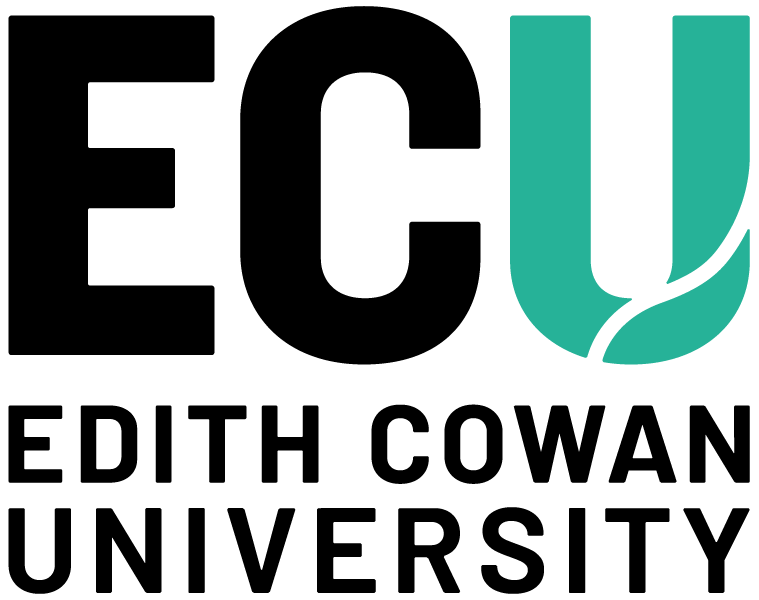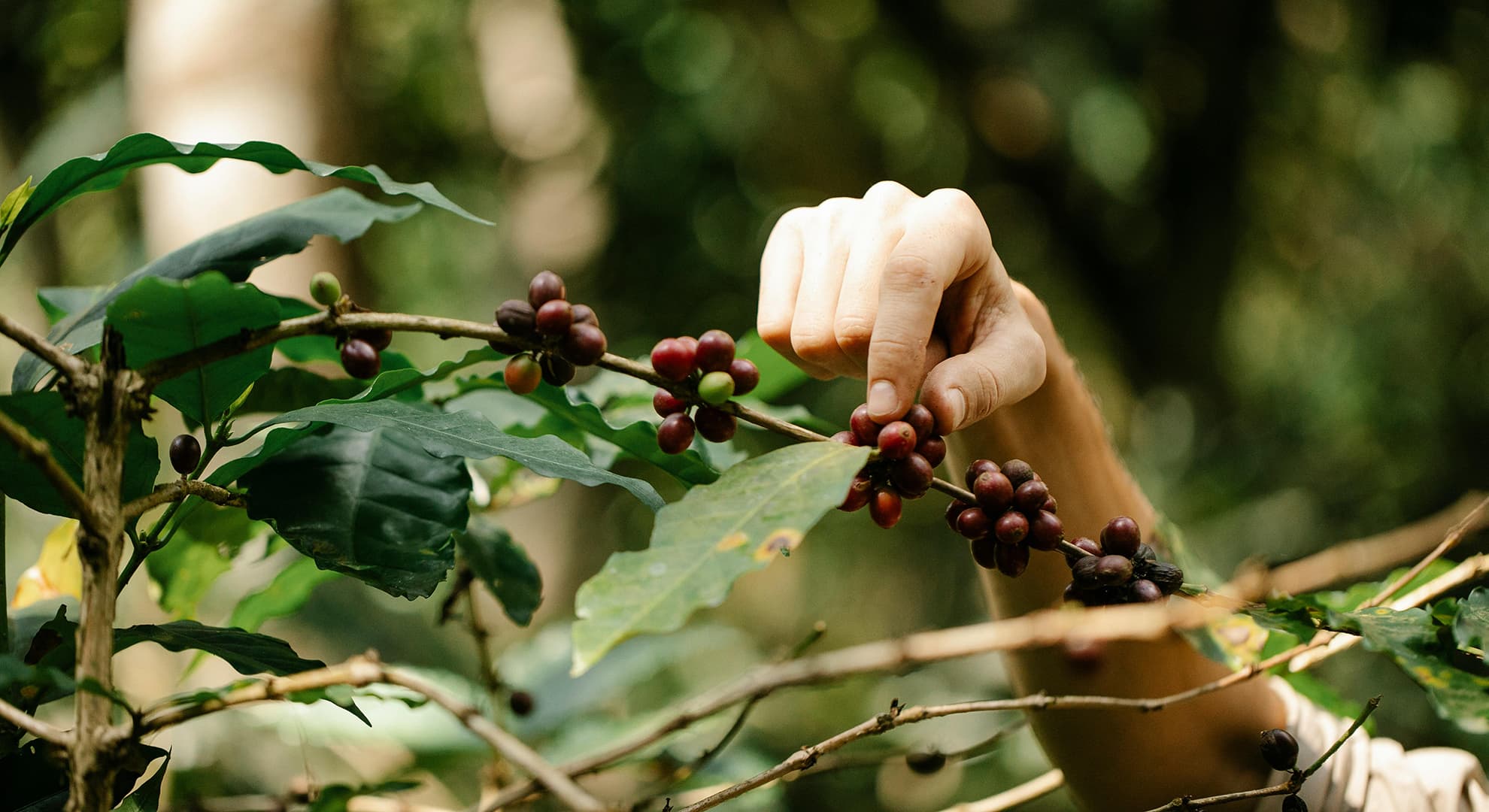New research from Edith Cowan University (ECU) could potentially save your daily cup of coffee. The research has identified a new and quicker method to detect infections in coffee berries, which has the potential to save coffee crops around the world.
The global coffee industry suffered a loss of more than $1 billion in 2023 from the coffee berry borer – a detrimental pathogen that destroys coffee berries.
With early detection key, ECU researchers used colour and shape separation via L-systems software – an image processing method which mimics human vision – to identify infection quickly.
ECU Lecturer Dr David Cook said instead of looking for the pest itself, drones flying over coffee crops would look to find what the coffee berry borers leave behind.
"Coffee berry borers are very difficult to identify. They're tiny little insects that are very difficult to see with the naked eye," Dr Cook said. "However, instead of looking for the coffee berry borer itself, we looked for what it did.
"If you imagine when you drill into a piece of wood you see little bits of sawdust gather around the outside of the hole. In the same way, when a borer bores into a coffee berry, they leave an enormous amount of debris, called frass and this is much easier to identify."
With the speed of identifying a coffee berry borer critical, this research could help farmers to act swiftly and save harvests.
"The problem with the coffee berry borer is if it's not recognised, it spreads through the various berries from bunch to bunch then bush to bush, and it can destroy an entire crop," Dr Cook said. "This allows farmers to make very quick decisions about which parts of a crop might be infested with this particular pathogen and begin treating immediately."
ECU Senior Lecturer and co-author Dr Leisa Armstrong said it could have a huge economic benefit for farmers in coffee producing countries.
"This coffee berry bora effects coffee in South America as well as through Indonesia and parts of Africa. So, for the three major producing areas for coffee, it's a big thing," she said. "Coffee is a high value crop. If you can eradicate the infection and save a crop rather than losing a percentage of the harvest, then it's a financial improvement.
"If there is more high-quality coffee, then from an economics perspective that should mean coffee isn't quite so expensive. I'm not sure it's going to drop the price, but it might prevent it from going up dramatically if there is a coffee shortage."
The software system developed by Masters student Chris Napier uses coloured lattice squares to discover the size, shape and number of berries as part of the anomaly-detection procedure - something that could lead to the technology being used in other crops.
"With a lot of farmers now relying on drone technology, they can fly over a particular crop and with this software, they can very quickly identify areas effected by a range of different pathogens," he said.
"We can adapt this to many different agricultural crops. This could be used for detecting infestation when you need to look at the understory of the plant rather than just on top, so it could be very useful in crops that have bunches and groups, such as grapes."

 New research from ECU could potentially save your daily cup of coffee.
New research from ECU could potentially save your daily cup of coffee.




